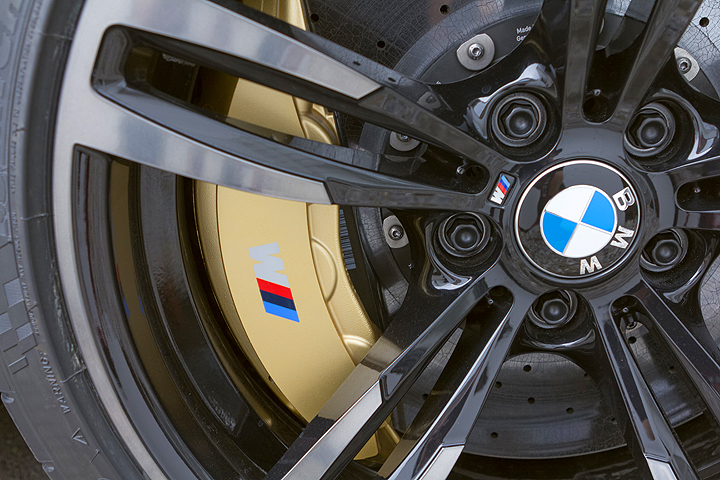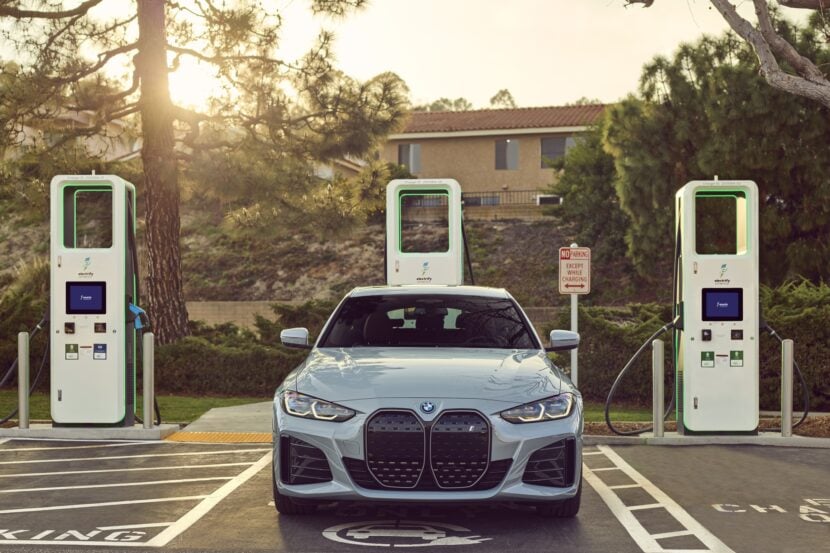BMW introduced the carbon-ceramic brakes with the current-generation M6 in 2012. The brakes were supplied by Brembo, which caters to an array of brands in the automotive sector- from the Mercedes’ F1 outfit to Pagani and Ferrari.
After the M6, BMW has equipped the carbon ceramic brakes on the M5, M3 and M4, and customers of these cars often ponder whether the brakes are worth the premium.
First seen in the limited-edition Mercedes CL55 AMG F1 in 2001, carbon ceramic brakes may not stop your car any faster than the standard brakes, but unlike the latter, they don’t overheat. Overheating causes the braking distance to increase and this is a huge problem for track goers, which makes ceramics ideal for them.
That’s not to say that stock brakes on the M cars are any bad. When we drove the X6 M and M2 at the Circuit of The Americas and the Laguna Seca respectively, the cars didn’t have carbon ceramic brakes but we didn’t have any problem with brake fading. Yet, ceramics still fare better in preventing the brake fluid, pads and discs from blazing and that’s why BMW equips all its cars at the US Performance Centers with them (if they are available as an option).
Meanwhile, carbon ceramic brakes are also weight-savers, shedding 19.4 kg on the M6 and 12.5 kg on the M3 and M4. And lighter brakes means lower unsprung mass and consequently, better acceleration and handling. Not to forget, with carbon ceramics, you won’t have to worry about the brake dust or corrosion of discs either.
However, there’s a hefty price to pay for all these benefits. And we mean that literally. In the M4, carbon ceramic brakes cost $8,150 and since they can only be opted with the bigger, 19-inch wheels, you’ll have to shelve an additional $1,200 for the rims. That takes the total expenditure to $9,350- more than what it will cost you to buy a pristine E36 M3. Similarly, the carbon ceramic set-up on the M5 will set you back $10,550.
Moreover, a visit to the workshop for replacing the ceramic brakes will be more expensive than a trip to Bangkok. Now you might argue that ceramics last as long as the car, but that’s only under normal driving conditions. Frequent track drivers will tell you that while ceramics won’t wear out as quickly as the standard brakes, they are not un-breakable.
Also, squeaking can be bit of an issue and so can be the lack of pedal feel at low speeds and when the brakes are running cold (although we feel the brake bite varies from car to car).
So should you buy them? Only if you don’t mind the cost. After all, they perform better, last longer and look freaking cool, especially with the bigger rims and BMW’s trademark golden calipers. Also, you can brag about how you use the same brakes as the racecars.







































































